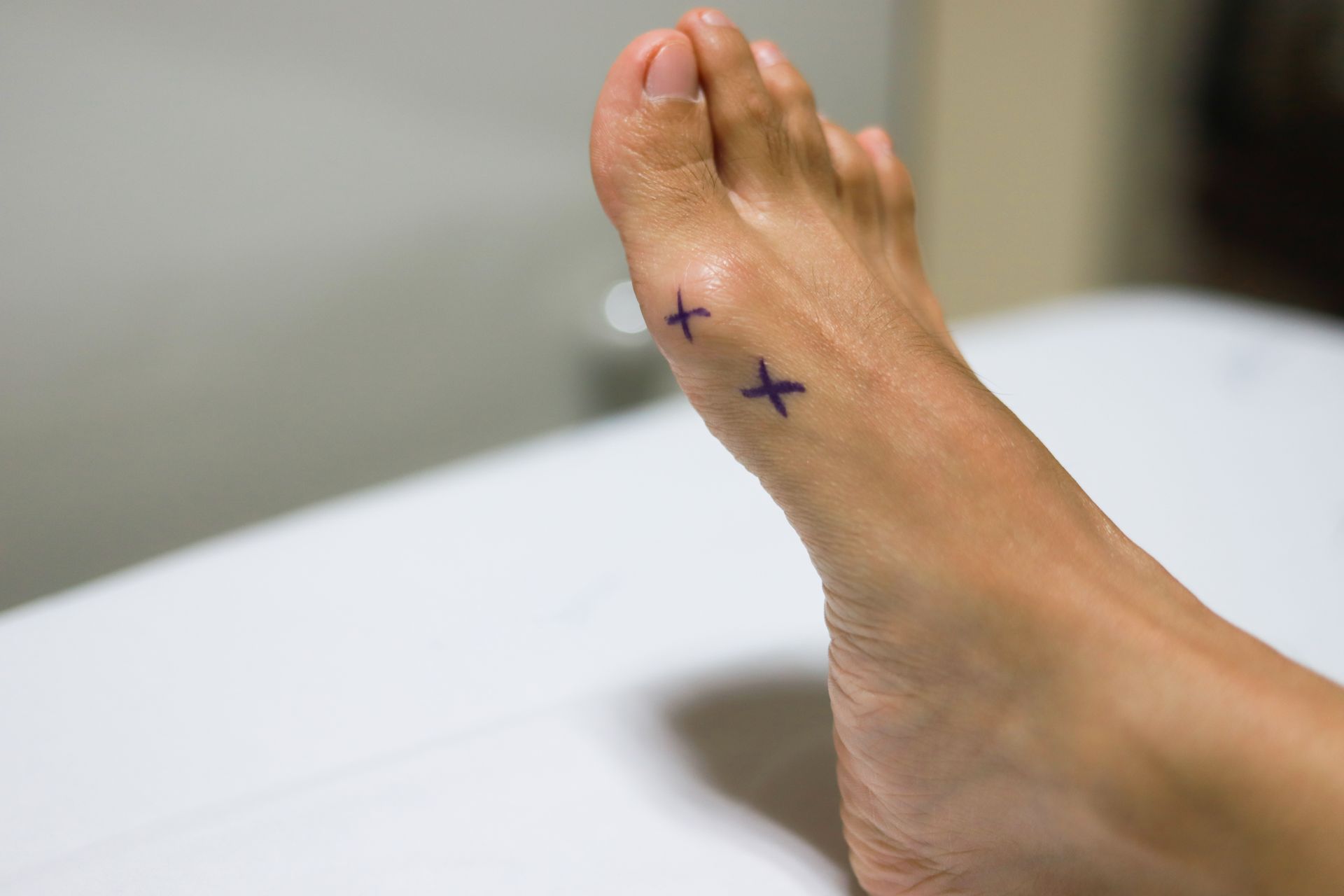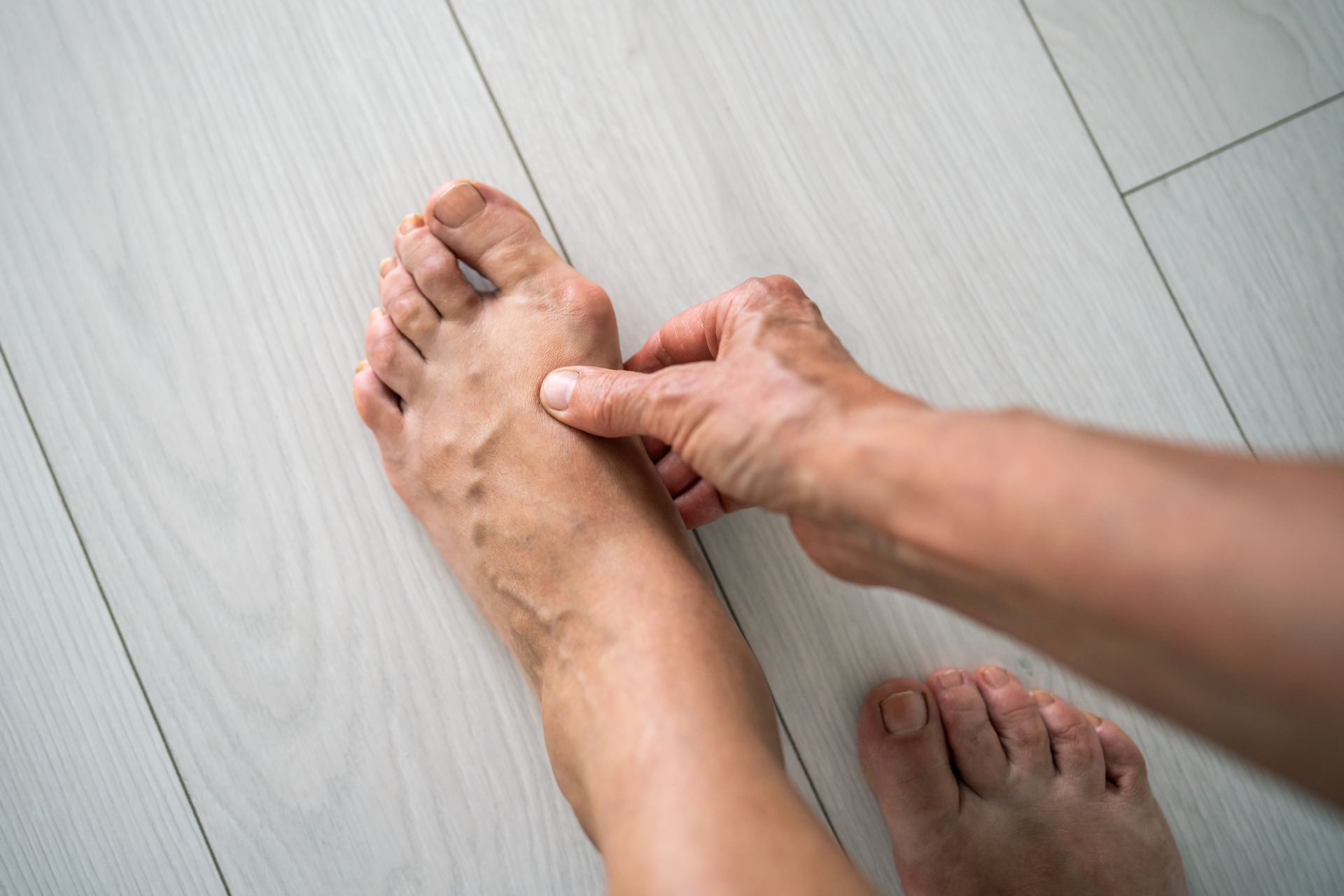Ingrown Toenail Surgery: Procedure, Recovery & Complications
What is an Ingrown Toenail?
An ingrown toenail is when the edge of a toenail become curled or embedded into the skin along the side of a toe. This is most common along the big toe but can occur on any the toenails. Ingrown toenails can be caused by trauma, clipping the toenail too short, tight-fitting shoes or they can be hereditary. Symptoms include pain, localized redness and, in severe cases, drainage and infection can develop. Home remedies such as Epsom salt soaks and topical antibiotic ointment can help. If pain persists or if signs of infection present, then patients should see a podiatrist to have it removed.
What is Ingrown Toenail Surgery?
Ingrown toenail surgery is an in-office procedure that is performed with a local anesthetic. Two shots are given at the base of the toe and a local anesthetic such as Novocaine is injected. After 10 to 15 minutes, the toe becomes numb. Once it is numb, a specialized clipper designed for ingrown toenails is used to cut the nail. Small forceps are then used to remove the offending nail border. It is important to note that the entire toenail is not removed, but only the incurvated portion. A dilute acid called Phenol is used to cauterize the nail bed and prevent recurrence. After the procedure, the toe is bandaged with an antibiotic ointment and a soft dressing.
What is the Recovery for Ingrown Toenail Surgery?
The day of the ingrown toenail removal, patients are encouraged to be home, elevated and off the foot for the rest of the day. Crutches are not necessary. The more the foot is elevated, the less drainage and swelling occurs. The evening of the ingrown toenail procedure, the bandage can be removed, and normal bathing can resume. Five minutes of warm Epsom salt soaks once or twice a day can help to reduce redness and swelling following the procedure. A topical antibiotic ointment is prescribed postoperatively, applied to the toenail daily and covered with a band aid for up to two weeks after the procedure. Normal shoes and activities can usually resume one or two days after an ingrown toenail surgery.
What are the Complications of Ingrown Toenail Surgery?
Complications from ingrown toenail removal do not occur very often. Potential complications include recurrence, visible narrowing of the nail, thickening or discoloration and infection. Recurrence of an ingrown toenail is probably the number one complication of following surgery. This is estimated to happen 8% of the time. In rare instances, an individual patient will develop multiple recurrent ingrown toenails. This can be very frustrating. The ingrown toenail surgery removes a small sliver of nail and slightly narrows the nail plate. In patients having multiple ingrown toenail procedures, the toenail can become noticeably narrow which will bother some patients. But, again, this is an uncommon occurrence. Another potential complication is toenail thickening. A traumatized or infected toenail will sometimes regrow thickened and discolored. Injury and infection can cause scarring along the nail bed which creates the thickened appearance as the nail regrows. Infection is also a potential complication of ingrown toenail surgery. This is usually a localized infection called a paronychia that is treatable with a course of oral antibiotics.
If you are suffering from an ingrown toenail that has recurred or that has been unresponsive to home remedies, schedule an appointment with a podiatrist such as Dr. Patrick Hall to evaluate your condition and determine if surgical removal may be best for you.

